During my time at UNSW I kept falling back to a similar topic of research that was interesting me. Below are some of the times that I had investigated the question: How do we represent similarity in difference, to create a better understanding and feel more comfortable with things that are different. The idea wasnt meant as an all inclusive solution, rather it was meant to just consider the idea and see if there were circumstances where we could guided to a better understanding. The original question that started this line of thinking was, 'How do we create a community event that is more inclusive?'. That question itself to me was a little bit irrelevant because each type of event will be reliant on the content, and the only way to make it more inclusive is to have multiple sources of creativity at each event, which to me would make all events the same ultimately. And while we want to make events more inclusive to show respect for diversity, in doing so it creates a sameness to everything which isnt diversity. The search for making everthing as diverse as possible, makes eveything the same. So how do we solve this? My idea was that if we highlight the differences, although find something that we consider similar about those differences, then it would make us feel more comfortable with the difference increasing our respect for it. A basic way of looking at this is if a black man and a white man were trapped in a room together, and they were both a little racist towards the other, what would happen if they started talking and realized they were huge fans of the same football team and shared views about the teams progress?
In one of my courses I decided to test this in a simple way by attempting to take a black square and a white square, and making the difference between them seem less direct. I felt if I could soften the impact of this difference, then I could experiment with ways to make the difference more or less imposing. In the image below I started with two squares. The difference was very direct and obvious.

The in the next image I added a grey square, which to me softened the difference and found a common ground between black and white which was 50% grey.

Then I experimented with size, spacing and different shades of grey to find the point where I could seperate the similarites as much as possible, respecting the original difference, while still finding an area of comfort with the difference due to the similarities.

here is a chart below with some of the more obvious seperations and connections between the difference and the similarities.
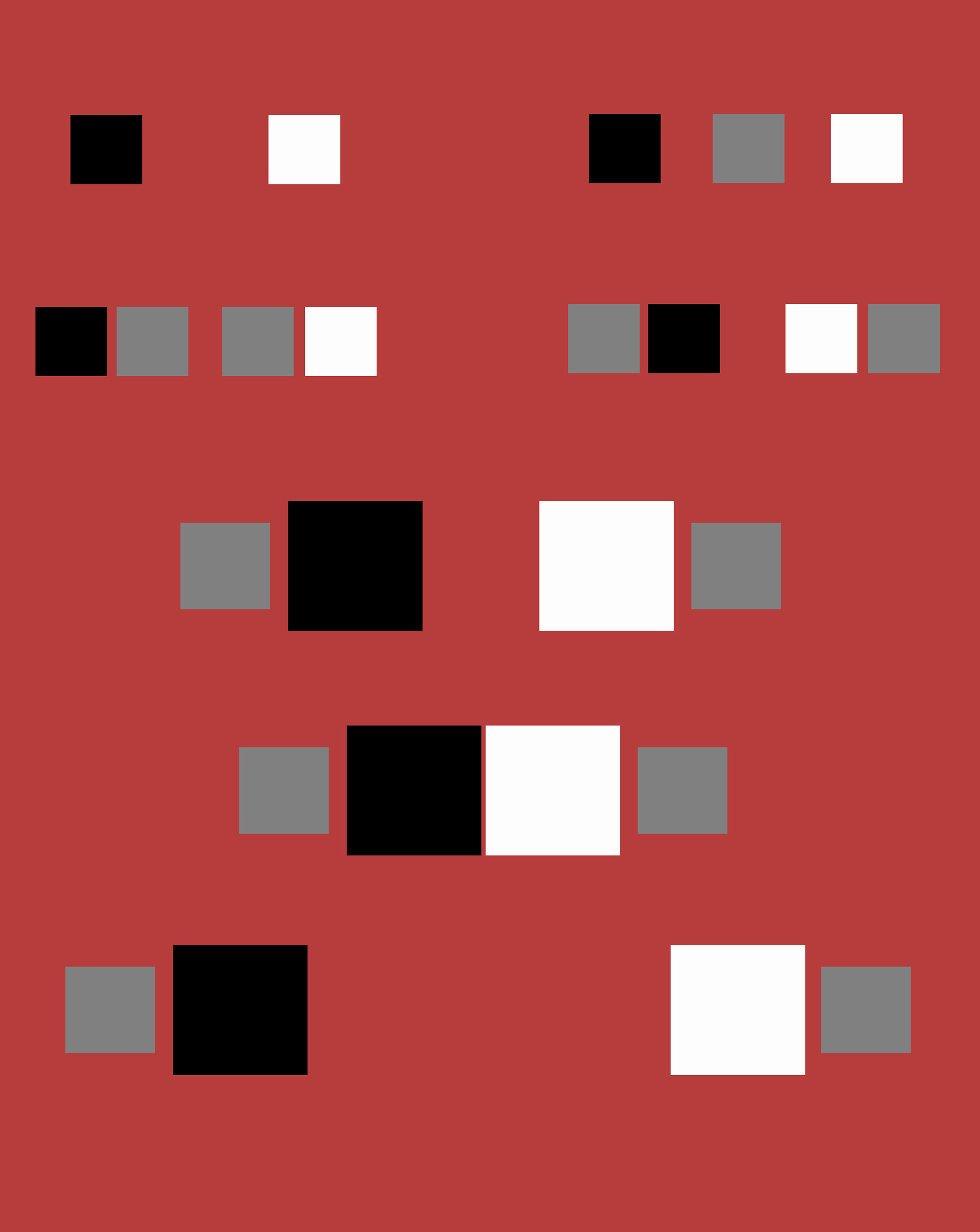
Later in another course I took this a little further when we were experimenting with creativity using natural earth elements. The bark being a raw earth material found anywhere in nature, the carbon being a highly processed, high tech solution made by man. As different as they can be depending on their uses, the similarity i found was that they both shared a common base structure in their creation. Then when you started thinking about that, you would recognise the similarities in their uses.
Its a fairly extreme way to look at it, but for me I did find looking at this image softened the difference between them and made me further consider their similarities once I realised there was atleast once thing similar about them.

I developed this research evn more in my research foundations course by considering if current image searches played a part in our understanding of difference and diversity, and if it they did, how could we modify those searches to give us a better understanding of similarities between things that are different. One of the reasons for this is that if an artist does a search for lets say, a man sitting, to use as a drawing reference, then everyones search results would be similar. And then if you did a search for 'drawing of a man sitting' you would see the same pose depicted over and again as alot of people were pickikng the same image as a reference. Therefore by giving us this resource, we lose some diversity when creating artworks as often the same reference images are used for similar situations.
So can we modify an image search, not neccasarily replacing, but creating a new type of search, that gives artists more room to investigate the way they consider 'a man sitting'.
z5116584: Bradley McGrath Assignment 1 - Research Question
Image Recognition Systems and Human Relatable Context
This research aims to show how ‘similar image recognition search engines’ could display more relatable context, to create similar image-based search results capable of displaying connections to things around us in ways that are more relatable, than current artificially intelligent, similar image-based searches.
as part of our survival instincts, Humans can consider difference as negative and confronting. understanding the similarities between things considered as different, can allow us to feel more positive and at ease with the differences, and therefore more accepting. If we can highlight the connections and similarities between things in the world around us that we commonly regarded as different, we can improve our connections with them.
When we are shown similar image-based search results, as humans we consider the results along with context, backstory and history, our relationship to the images is affected by our pre-conceived ideas of its differences and similarities, when artificial intelligence creates these results, it considers its visual similarity along with statistics, analytic tics, advertising data, large data, for example.
humans and artificial intelligence both consider search results from similar image-based searches differently while looking for greater context, and this space can be experimented with.
When we consider things such as gender bias, racism or stereotyping, there can be a fear of difference at play. Our Instincts can lead us to consider difference as negative and confronting and this can apply to each other, objects or even our own ideas.
Exposing ourselves to difference and understanding the similarities between things considered as different, can allow us to feel more positive and at ease while regarding difference, and can lead to a greater understanding and openness to consider these relationships in new and positive ways.
https://blackexcellence.com/60-years-later-has-de-segregation-been-achieved-in-our-public-schools/
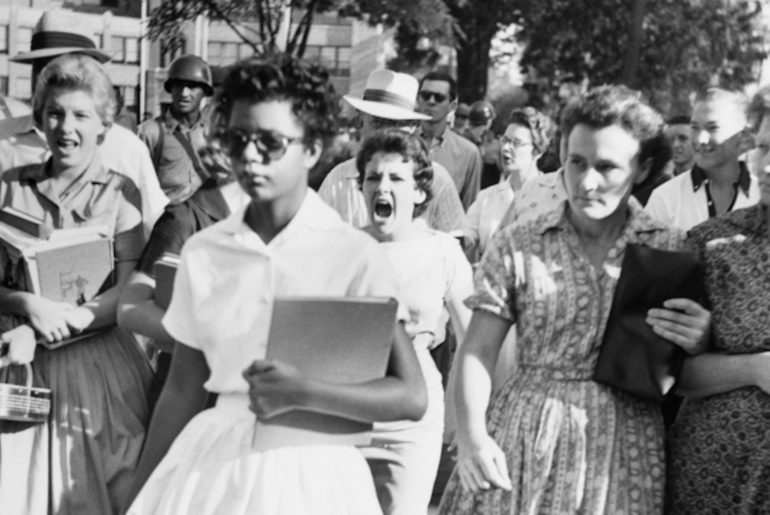
I consider the idea of needing to expose ourselves to difference while I look at the results of a ‘similar image-based search’. As humans, we consider the results along with context, backstory and history, and our relationship to the images is affected by our pre-conceived ideas of difference and similarity. I wonder how this effects the scope of what I expect from the results.
For these images I used googles image recognition to find similar images, starting with an image of fish scales. The next image I see that isnt related to fish, is a snake skin.
I search for an example of the category the item belongs in as well, so that we have an image displaying its difference, and another showing its similarities.
I then repeated the process starting with snake scales, resulting in an image of honeycomb. The interesting thing about this result is that someone may love fish but hate snakes, but the similarity gives us a new understanding of the connection between the two which may lead someone to reconsider their understanding and further consider the similarites.
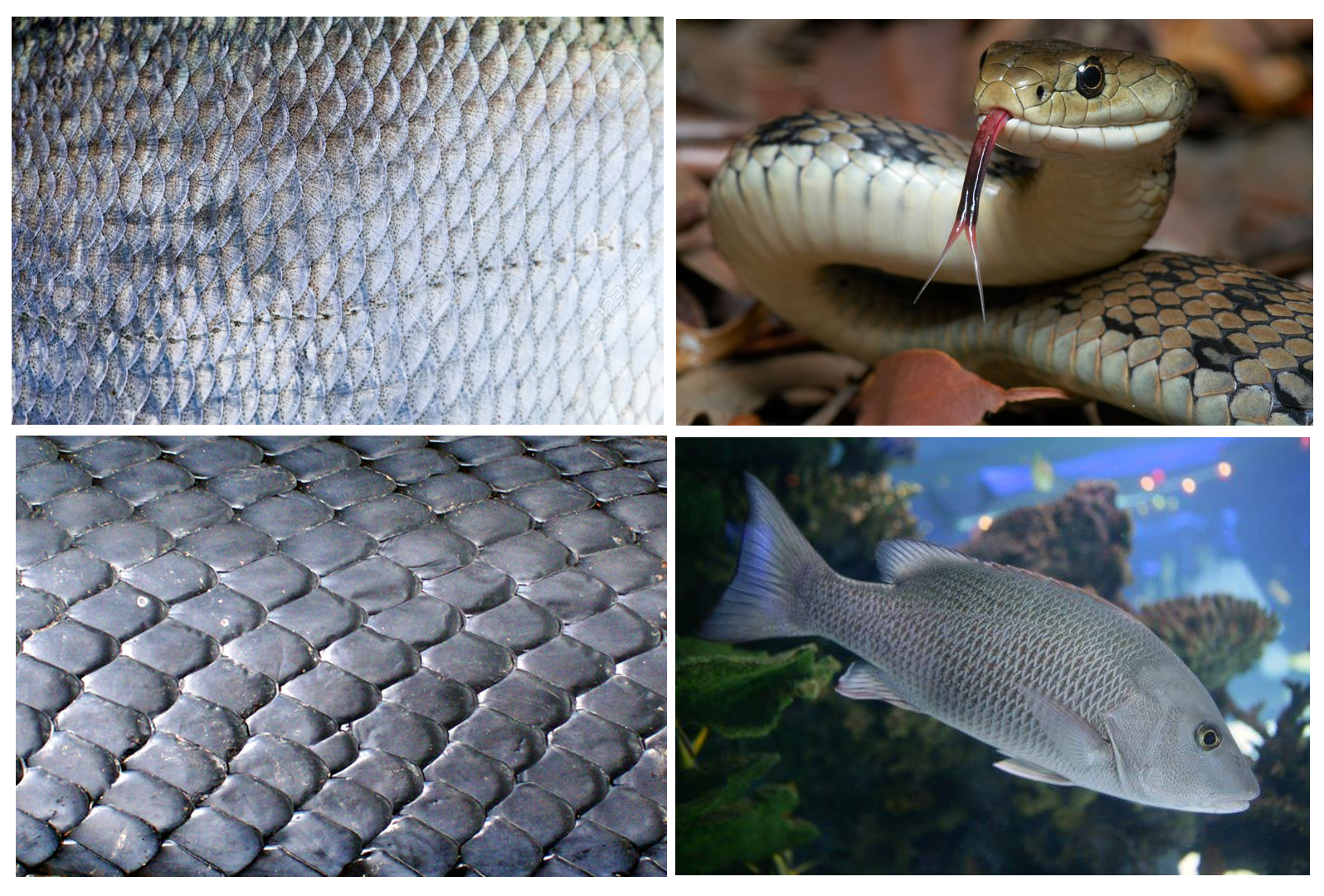
a visual search using our honeycomb image gets these results.
Among all these honeycomb choices, is a piece of chocolate and that will be our next choice for my test.
When artificial intelligence creates these results, it considers visual similarity along with statistics, analytics, advertising data, large data, for example. The result is very controlled and specific.
Humans and artificial intelligence both consider what they need from the results of a ‘similar image search’, very differently while looking for greater context. This space can be experimented with, and I will be considering research by others in this area.

Microsoft has been working on a project that allows a search to be conducted based on a sketch. The results are very specific.
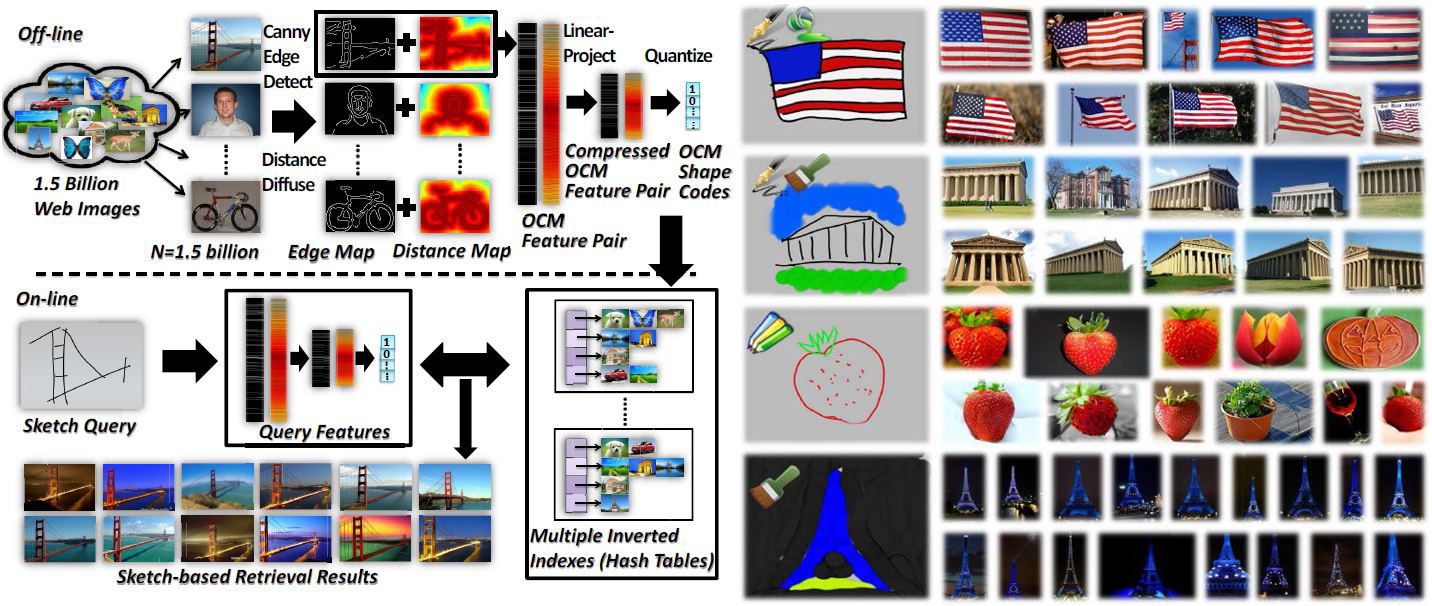
Googles Art and Culture has an experimental website that shows a collection of artworks within a chosen colour range. The result is a lot less specific and more creative.
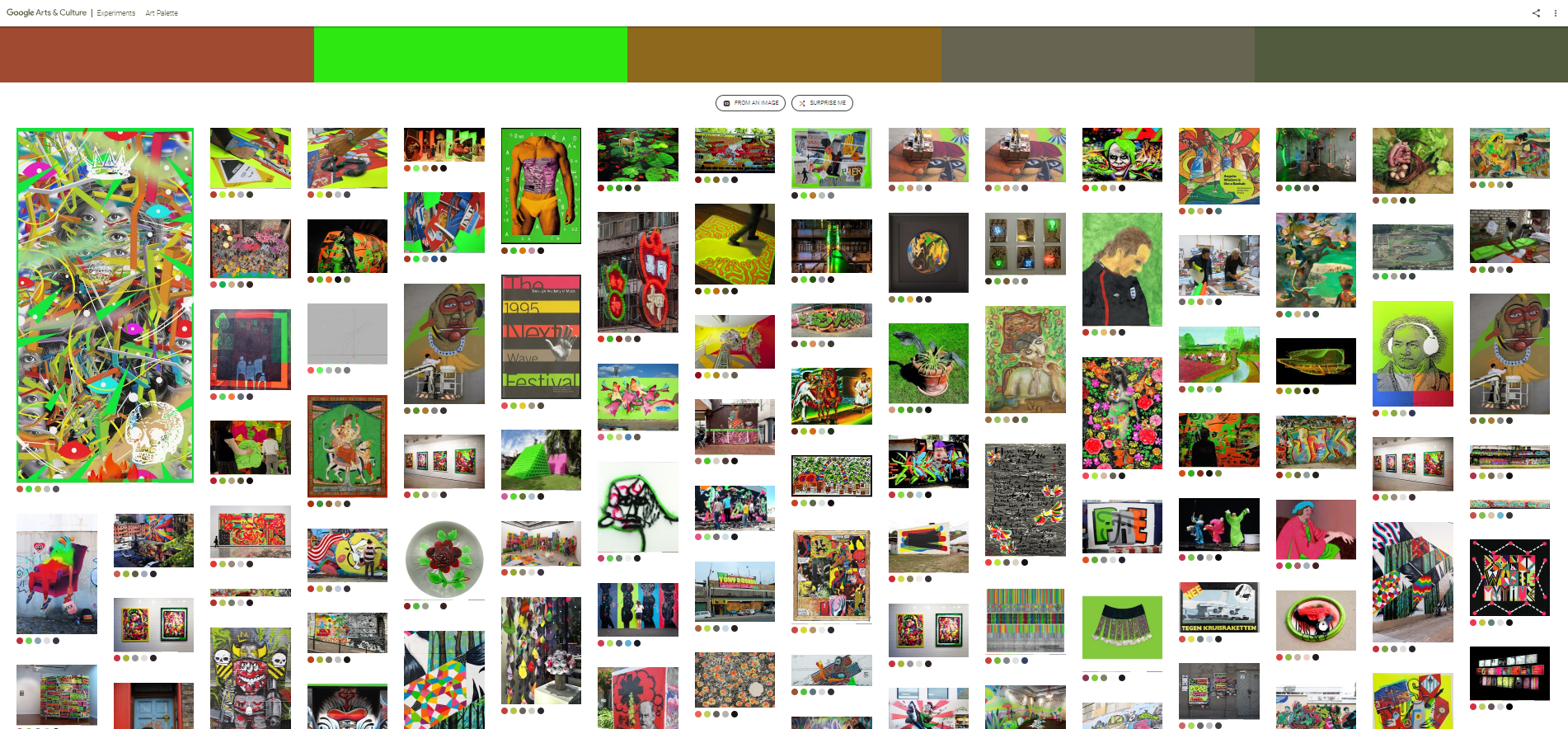
My aim was to look at results from image recognition-based search tools, to consider the relationships between imagery and close the gap between something that is considered different to something similar, while creating a familiarity to the connection and a better understanding as a result.
In the below example, using image search in multiple steps, we were able to find a relationship proggressing from a fish, to a snake, to honeycomb, and so on until we get to water and molecules. This gave us a chart that highlight similarites between multiple things that we might not have previously considered, such as a brain and coral, compared to the reflections in water, which was also shaped like molecule structures.
While the results arent meant as a diffinitive solution to understanding things that are diverse, I found this methid did provide a viewer with new ways to consider everything around us and their connections, and the more of this a person could respect, the more likely they would consider this in everyday life without an image search, which could ultimatley improve their level of respect for anything that was different , through the understanding of its similarities.

